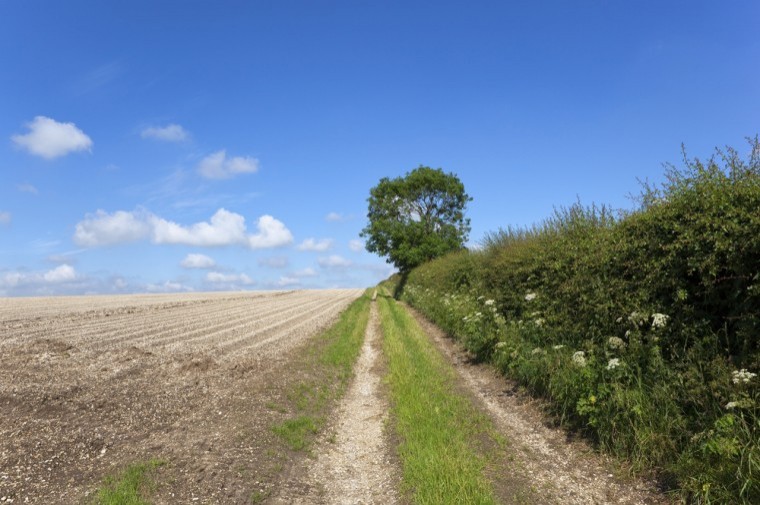Ryan Lindley, farming consultant in Strutt & Parker’s Northallerton office, said: “Hedges and walls are a valuable part of the country’s heritage, landscape and biodiversity, as well as being important from a management perspective.
“The Hedgerows and Boundaries Grant Scheme is a great opportunity for farmers to restore boundaries with the payments on offer representing a significant proportion of the actual costs of carrying out the work.
“The big change in 2018 was that landowners could apply for a maximum grant of £10,000, when in previous years the limit had been £5,000. This higher limit has been continued in 2019.
“The payment rates remain the same as in 2018, with options including £9.40/m for hedgerow laying, £9.50/m for filling in gaps and £25/m for stonewall restoration.”
Mr Lindley said the scheme was only aimed at the restoration of hedges and stone walls, so farmers wanting funding to establish a new hedgerow or boundary, including fencing options, should make an application under the wider mid- or higher-tier Countryside Stewardship Scheme.
Applications for the Hedgerows and Boundaries Grant Scheme can be made online via the Rural Payments system.
The closing date for applications is 3 May.
Mr Lindley said the scheme was just one of a number of current opportunities for farmers to apply for grant funding. Other options include:
Mid- and higher-tier Countryside Stewardship Scheme
The application window for mid-tier and higher-tier Countryside Stewardship applications is also open.
The deadline for landowners to request an application pack for the mid-tier scheme is 31 May 2019, with the final deadline for applications being 31 July 2019.
Options in the scheme include field options such as winter bird food (£640/ha), flower rich margins (£539/ha) and enhanced stubble (£436/ha) as well as capital improvements such as concrete renewal (£27.14/m2), roofing over areas (£62/m2), sheep netting (£4.90/m), new hedges (£11.60/m) and livestock
troughs (£110/unit).
Simplified Countryside Stewardship Scheme
The scheme handbooks for the four simplified Countryside Stewardship ‘offers’ have also been made available.
The simplified version of the scheme is tailored around different farm types – arable, lowland grazing, mixed farming or upland.
Under these ‘offers’, farmers are required to pick from a short pick-and-mix menu of prescribed management options including winter bird food (£640/ha), flower rich margins (£539/ha), very low input grass (£95/ha) and a lenient grazing supplement (£44/ha).
In contrast to mid-/higher-tier CSS the simplified scheme is not competitive, so long as applicants meet the eligibility criteria they will be accepted on to the scheme.
Agreements will run for five years.
Countryside Productivity Scheme
It is anticipated that DEFRA will re-open up the Countryside Productivity Scheme to applications for funding for smaller projects around summer 2019.
It is anticipated the grant will cover 40% of the standard costs of specified pieces of equipment, with the minimum grant value being £3,000 (based on an item(s) worth £7,500, rising to a maximum of £12,000 for an item(s) worth £30,000).
Items likely to be eligible for funding include a range of livestock-handling systems, crushes, calving detectors, weighing equipment, calf feeders, EID devices, pasture plate meters and electric scraper systems.
Arable farmers are likely to be able to apply for funds to help them buy precision-farming equipment, including GPS units, yield-mapping devices, variable rate controllers and direct or strip till drills.




